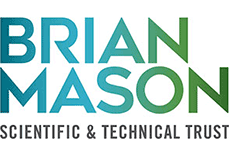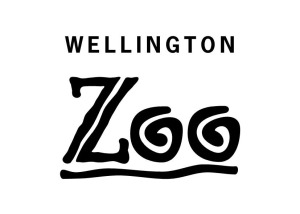
The biggest killer of blue penguins on the West Coast is vehicles on coast roads and that includes a section of the highway north of Hokitika. Six penguins have been killed on the road in recent years around the Houhou Creek bridge and sewage ponds but penguins in the area will soon be spared this risk.
While Westland Milk Products (WMP) developed the plan to install a pipeline at 2 mile, they started learning about penguins, many of which were nesting between the beach and the paddocks in that area.
Chris Pullen, Environmental Manager, explained.
“When we first went to look at the site with the West Coast Penguin Trust, we walked out onto the dunes and there were penguin tracks everywhere. Clearly, we had to ensure we didn’t disturb them through this major construction project and in fact we wanted to do more than that and actively protect them. A penguin protection fence was an obvious solution, and we will also be restoring part of the site with penguins and possible nest sites in mind.”
Trust Manager, Inger Perkins, added:
“Blue penguins, at around 30cm tall, are vulnerable to so many threats. Here on the coast, vehicles are the number one threat and keeping penguins off the road with our penguin protection fence north of Punakaiki has meant no more penguins killed in that area. This new fence, entirely and generously funded by Westland Milk Products, will be preventing penguins being killed on the road. As a result, more penguins will survive because, if a breeding adult is killed, the nest – two eggs or chicks – will fail, and subsequent potential generations lost.”
Local fencer, John Steele, has been contracted by WMP to do the work, which is one of his more challenging and unusual projects. Work began recently and will include fencing under the Houhou Creek bridges as well as some ‘escape hatches’ to ensure that if a penguin finds itself on the wrong side of the fence, it can get back towards the sea. Gates within the fence will have gaps filled to ensure these smallest of penguins cannot sneak through or under them.

With so few trains passing through the area, the railway had not thought to be a potential cause of death for penguins but sadly a penguin was reported to have been killed by a train in the same area late last year. The penguin protection fence will be installed on the seaward side of the railway and go around the seaward side of the sewage ponds.
“This is the quietest time of year for penguins,” said Perkins. “Breeding finished around December and they will have completed their moult in February/March. A few penguins hang around all year, but most disappear for two to three months before returning to start preparing for the new breeding season around June. The fence should be completed by then.”
In addition, the careful restoration and planting of parts of the construction site has penguins in mind. The site fencing will keep dogs out but allow penguins through and nest boxes will be included in suitable areas resulting in a ‘penguin sanctuary’.
“Dogs are the second biggest threats to penguins on the coast with around 1 in 5 penguin deaths reported being due to dog attacks. Nest boxes inside this fenced area, an area close to existing penguin nesting areas, would be a safe place for a new penguin family to take up residence.”
Penguin protection fence sign




















